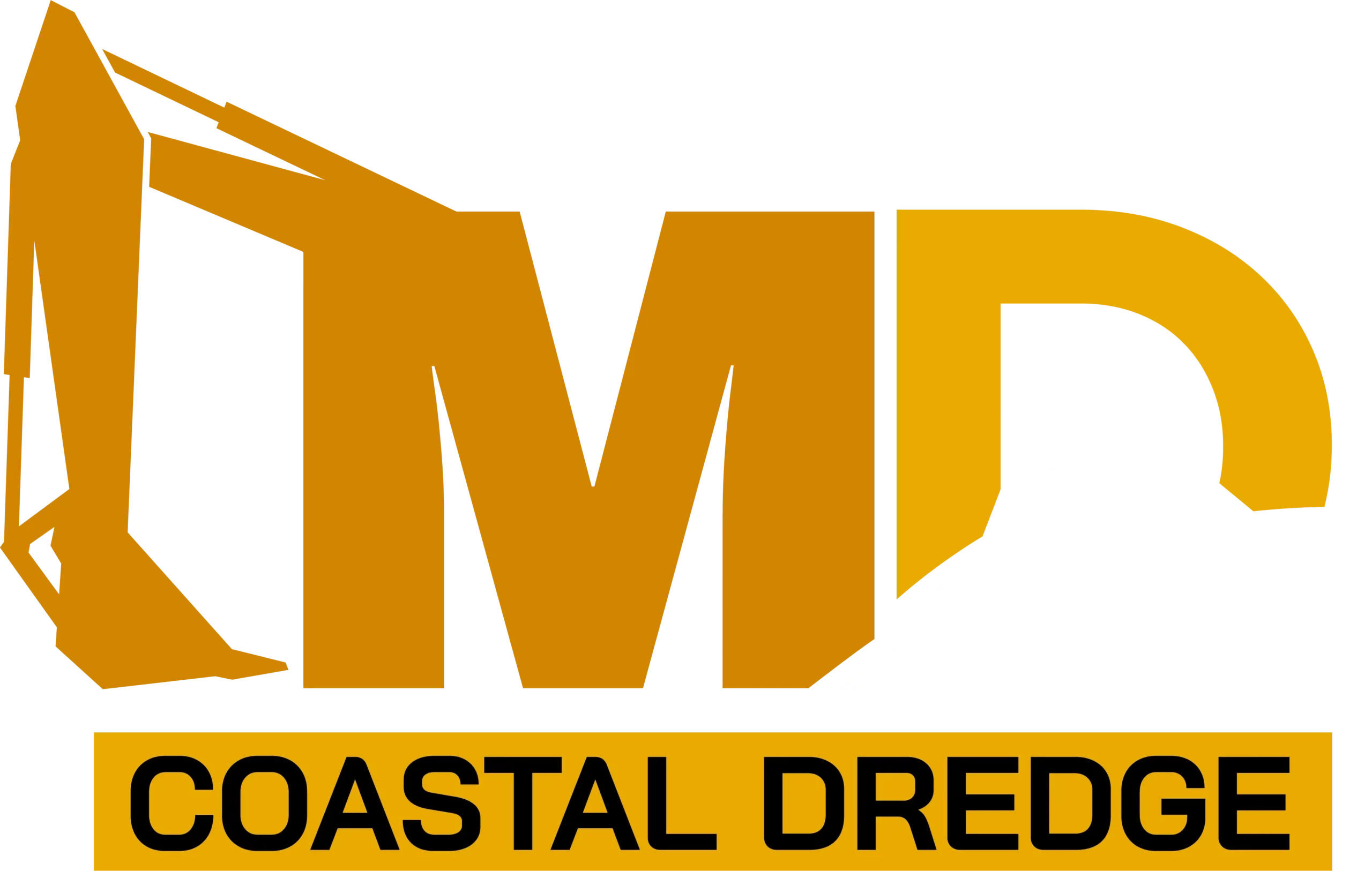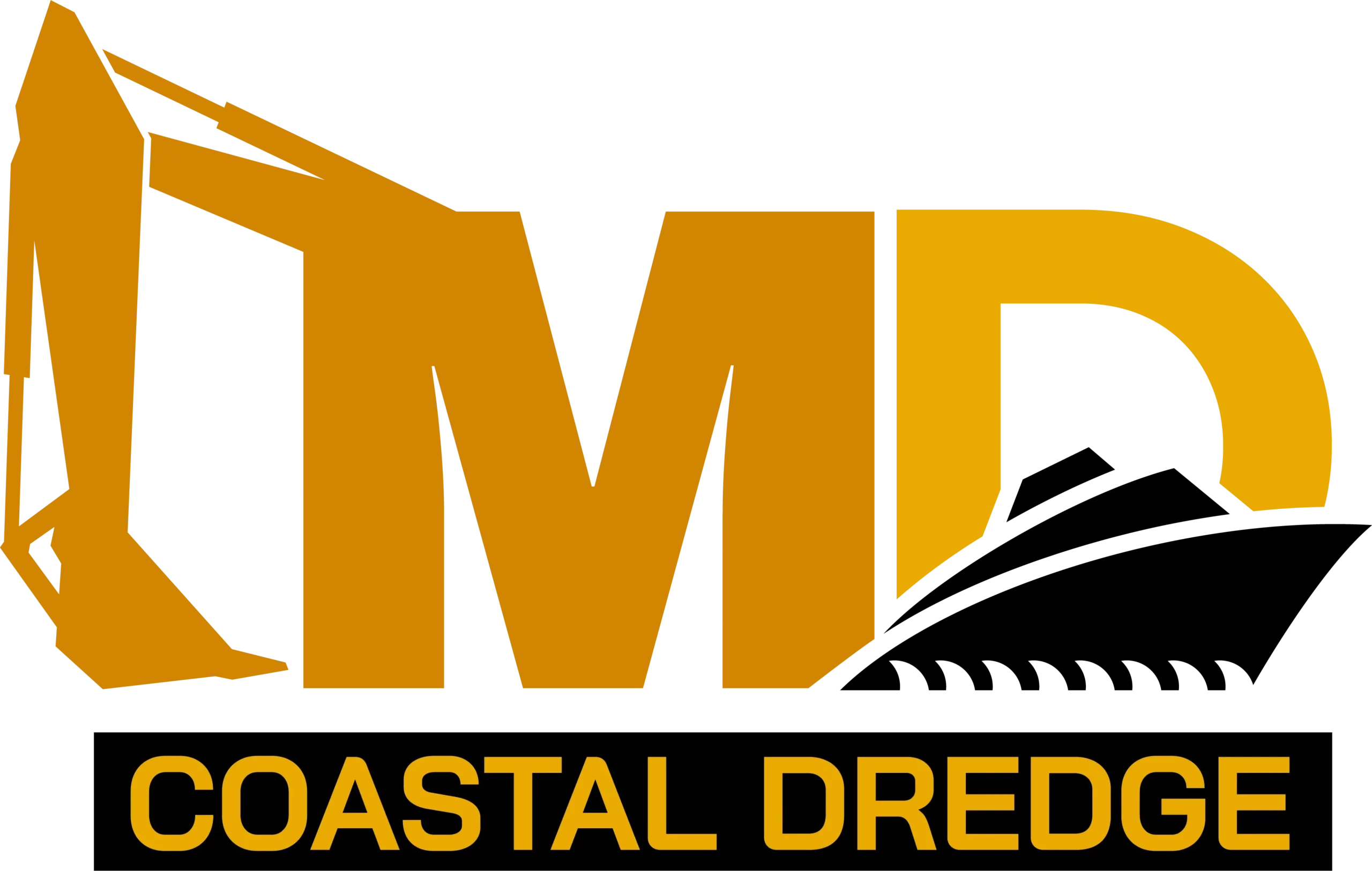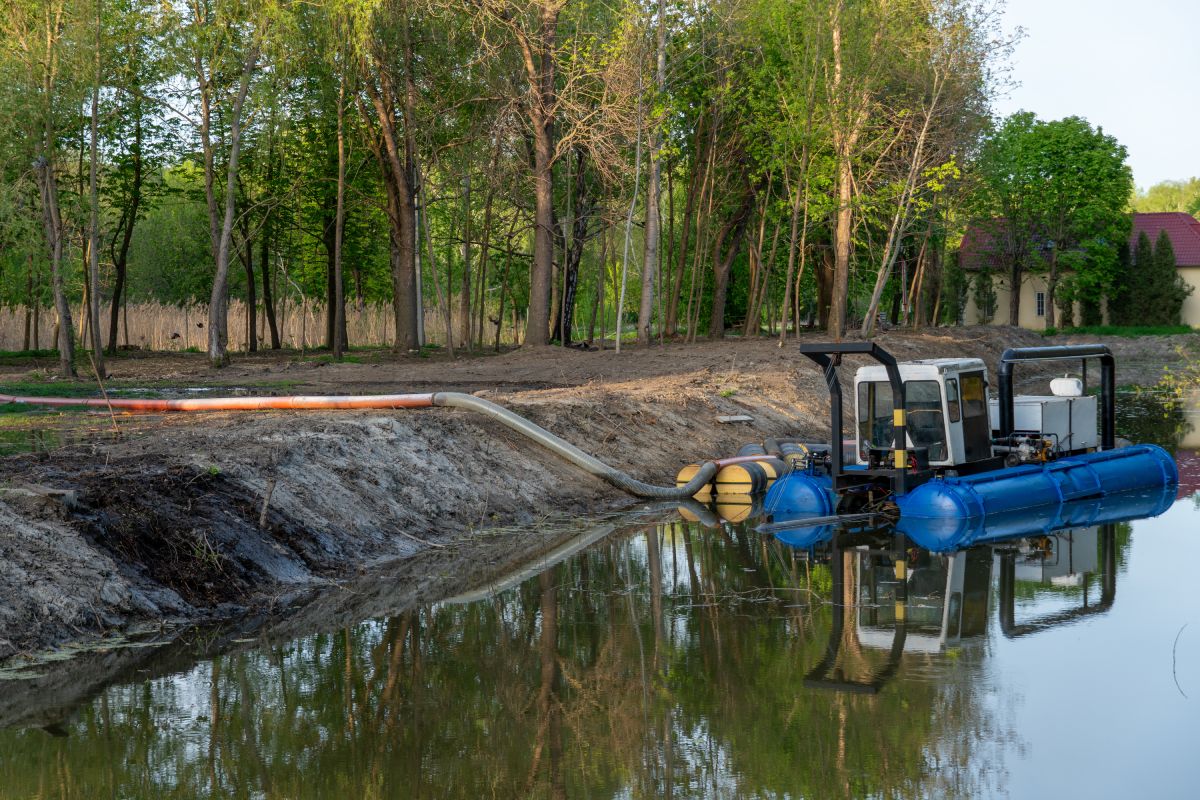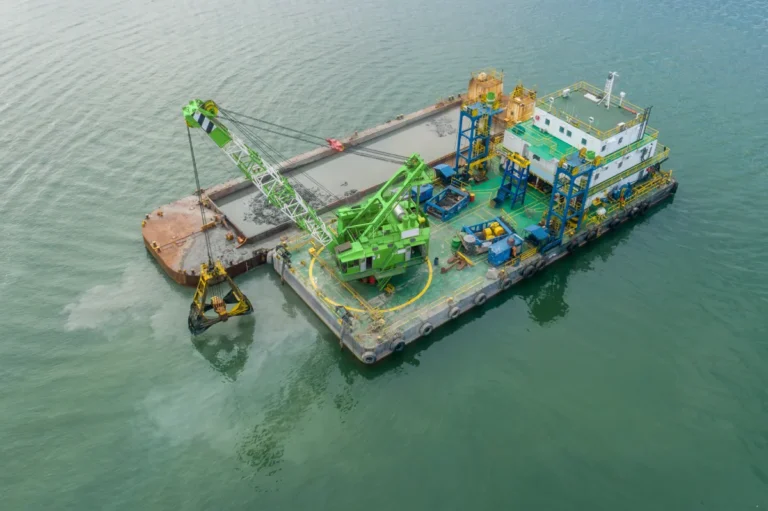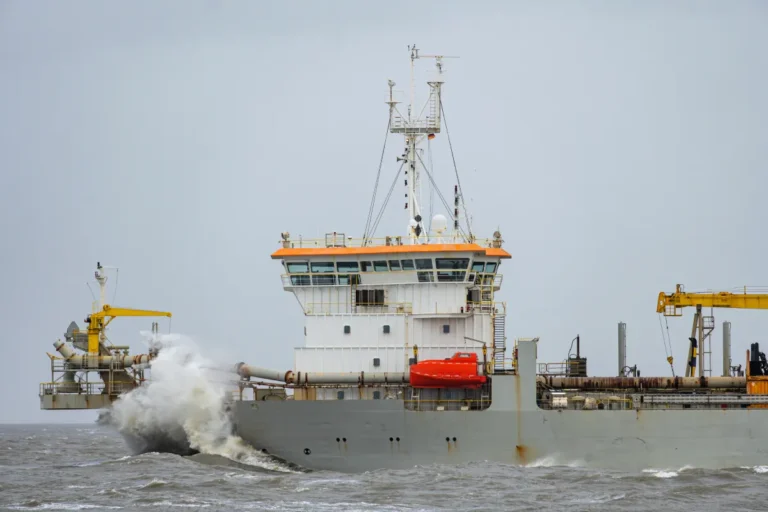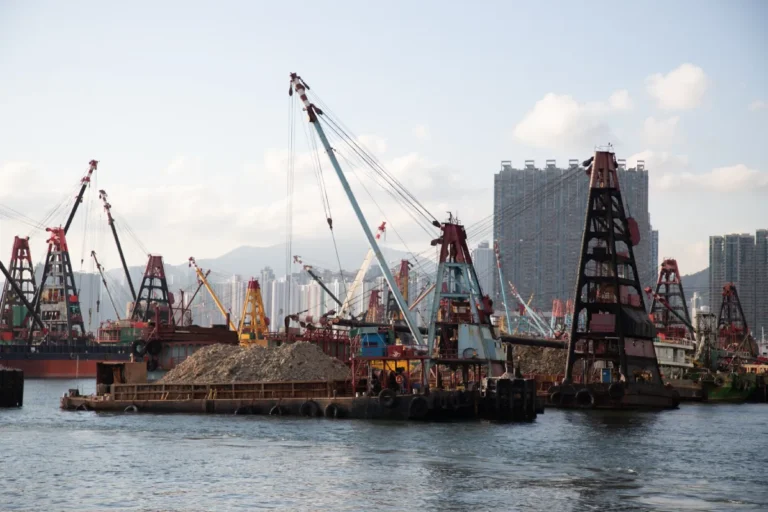Sediment buildup is one of the biggest challenges for maintaining the health and usability of small lakes and ponds. Over time, organic matter, silt, and debris reduce water depth, negatively impact water quality, and limit recreational and ecological use. Selecting the right pond dredging equipment is crucial for addressing these issues effectively. From manual tools suitable for shallow, seasonal maintenance to advanced small pond dredging equipment and hydraulic dredging equipment designed for larger projects, the decision ultimately comes down to effort, scale, and long-term goals.
Two Very Different Paths to Pond Cleaning
When it comes to restoring small lakes and ponds, the choice of pond dredging equipment generally falls into two categories: manual and mechanical. Manual tools rely on human effort and are best suited for shallow, low-volume jobs. Mechanical solutions, on the other hand, utilize powered systems, such as portable dredges or hydraulic dredging equipment, to handle larger or deeper projects with greater speed and efficiency.
Rather than thinking of manual versus mechanical as “old versus new,” it’s more accurate to view the decision as effort versus leverage. Manual dredging relies on physical labor, whereas mechanical and small pond dredging equipment enhance output through technology. The right choice depends on project size, budget, and desired speed of completion.
Manual vs. Mechanical Pond Dredging Equipment at a Glance
| Factor | Manual Pond Dredging Equipment | Mechanical / Hydraulic Dredging Equipment |
| Effort | High – requires physical labor, time-intensive | Low–powered systems reduce manual effort |
| Speed | Slow – suitable for spot cleaning or small ponds | Fast – can remove large sediment volumes quickly |
| Cost | Low upfront cost, higher labor over time | Higher upfront cost, better long-term value for large jobs |
| Depth Handling | Limited to shallow water and wade-accessible areas | Effective in deeper water with pumps and hydraulic systems |
| Scale | Best for very small ponds or localized cleaning | Scales well for small lakes and continuous dredging needs |
This comparison highlights the trade-offs between manual pond dredging equipment and mechanical solutions, such as small pond dredging equipment or hydraulic dredging equipment. Each approach has a place depending on the size of the pond, the sediment load, and the frequency of required maintenance.
The Human-Powered Approach – When Simplicity Wins

For very small lakes and ponds, manual pond dredging equipment is often the first option considered. These tools are simple, affordable, and accessible, making them suitable for property owners who want to tackle light sediment removal without investing in larger, more expensive machines. Common examples include hand dredge pumps, pond rakes, muck grabbers, and portable sludge vacuums.
The appeal of manual equipment lies in its simplicity and low entry cost. Unlike mechanical or hydraulic dredging equipment, these tools require no fuel, heavy machinery, or specialized training. They are often used for spot cleaning, removing organic debris near shorelines, or clearing muck from shallow areas where a small pond dredging equipment setup may not be practical.
Advantages of Manual Pond Dredging Equipment
- Low upfront cost: Ideal for small budgets or one-time cleanups.
- Eco-friendly: No fuel consumption, minimal noise, and less disruption to pond ecosystems.
- Accessibility: Easy to use without specialized training or operators.
- Flexibility: Suitable for seasonal maintenance or shallow, hard-to-reach zones.
Limitations to Consider
- Labor-intensive: Manual dredging requires significant physical effort and time.
- Limited reach: Effective only in shallow water or areas accessible by wading.
- Inefficient for scale: Not practical for ponds larger than a quarter acre or with heavy sediment buildup.
- Safety concerns: Prolonged wading in muck or water increases risks of slips, fatigue, and exposure.
In short, manual pond dredging equipment is most effective for small-scale, shallow cleaning projects where the goal is maintenance rather than full restoration. When sediment accumulation is heavy or the pond is larger, mechanical or hydraulic dredging equipment quickly becomes the more practical choice.
Mechanical Muscle – Scaling Up With Technology
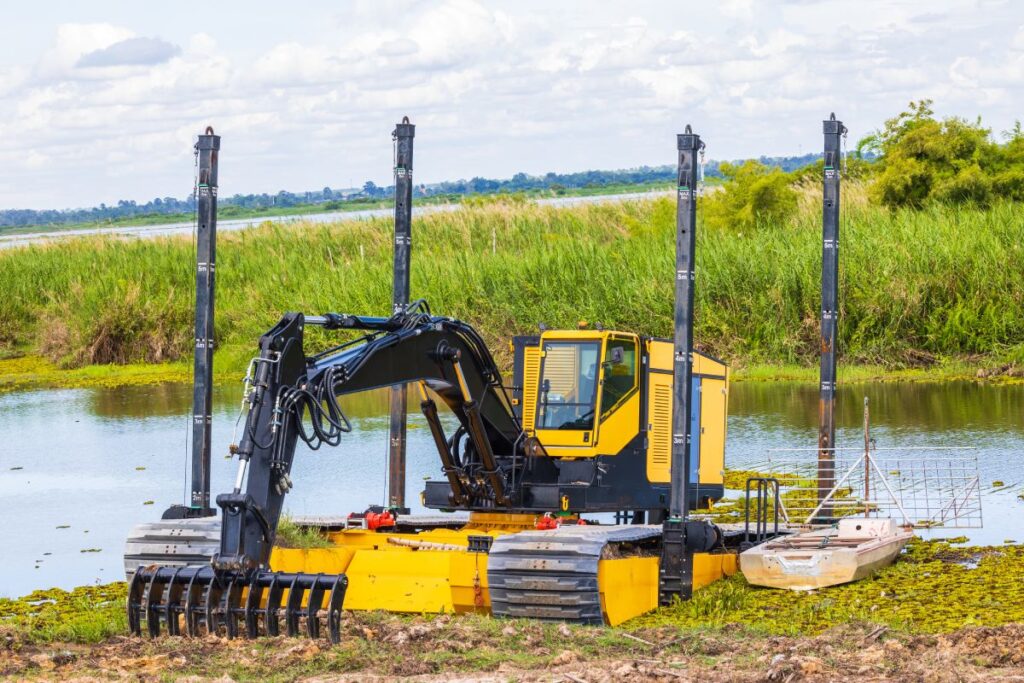
When a pond or small lake requires more than light maintenance, mechanical pond dredging equipment becomes the practical solution. Unlike manual tools that rely solely on labor, powered systems provide the strength and efficiency needed to handle heavier sediment buildup, deeper water, and larger project areas.
Mechanical options range from small pond dredging equipment designed for compact water bodies to advanced hydraulic dredging equipment capable of precisely moving large volumes of silt and sludge. These solutions allow operators to tackle projects that would be unrealistic or unsafe with manual methods.
Types of Mechanical Pond Dredging Equipment
- Portable Dredges: Lightweight, mobile systems ideal for small ponds with limited access.
- Hydraulic Dredging Equipment: Cutter suction dredges and submersible slurry pumps that handle high sediment volumes and deeper water conditions.
- Amphibious Excavators or Mini-Dredgers: Versatile machines that can operate both onshore and in shallow water, offering flexibility for small lake restoration.
Benefits of Mechanical and Hydraulic Dredging Equipment
- Efficiency: Removes large amounts of sediment in less time compared to manual pond dredging equipment.
- Depth Capability: Effective in restoring original pond or lake depth, even in areas beyond safe wading.
- Consistency: Delivers uniform sediment removal, improving long-term water quality and usability.
- Scalability: Handles projects ranging from backyard ponds to small community lakes.
Points to Keep in Mind
- Higher upfront cost compared to manual equipment.
- Requires trained operators for safe and efficient use.
- Some models may require permits due to environmental impact or concerns about turbidity.
By leveraging small pond dredging equipment or hydraulic systems, pond and lake managers gain the power to restore water bodies more thoroughly, making these tools an essential upgrade when sediment buildup exceeds the limits of manual methods.
The Cost Equation – Short-Term Savings vs. Long-Term Investment
Choosing between manual and mechanical pond dredging equipment often comes down to cost. While manual tools have a low entry price, they can become expensive in terms of time, labor, and repeated use. In contrast, small pond dredging equipment or hydraulic dredging equipment requires a higher upfront investment but delivers efficiency and long-term savings, especially for recurring or large-scale projects.
Cost Comparison: Manual vs. Mechanical Pond Dredging
| Factor | Manual Pond Dredging Equipment | Mechanical / Hydraulic Dredging Equipment |
| Upfront Cost | Low – affordable tools like rakes, pumps, and vacuums | Moderate to High – purchase or rental of small pond dredging equipment or hydraulic systems |
| Operating Costs | High labor cost, ongoing physical effort | Fuel, maintenance, and operator fees, but less recurring labor |
| Time Efficiency | Slow – may take days for even a small pond | Fast – removes large volumes in hours, restoring ponds quickly |
| Suitability | One-time or seasonal cleanups, shallow muck removal | Long-term projects, larger or deeper ponds, compacted sediment layers |
| Return on Investment (ROI) | Limited – costs increase with frequency of use | Strong – cost-effective over multiple projects and extended pond life |
The key takeaway is that manual pond dredging equipment offers short-term affordability but limited scalability. In contrast, mechanical and hydraulic dredging equipment provide better long-term value for projects that require repeated maintenance or deeper sediment removal.
Environmental and Safety Considerations

The choice between manual and mechanical pond dredging equipment is not just about cost or efficiency — it also carries important environmental and safety implications. Each method impacts the pond ecosystem and the people operating the equipment in different ways.
Environmental Impact
- Manual Pond Dredging Equipment
- Causes minimal disturbance to water quality since sediment is removed in small amounts.
- Eco-friendly — no fuel emissions, noise, or hydraulic fluids in use.
- Best suited for sensitive ponds where aquatic life needs to be preserved.
- Mechanical and Hydraulic Dredging Equipment
- Capable of precise sediment removal but can temporarily increase turbidity (cloudiness of water).
- Modern hydraulic dredging equipment often includes monitoring systems to minimize ecological disruption.
- More effective for restoring overall pond health by removing compacted sediment layers that harm water circulation.
Safety Considerations
- Manual Pond Dredging
- Requires operators to wade into shallow or muddy areas, increasing risks of slips, fatigue, or exposure to contaminated water.
- Physically demanding, making it impractical for older individuals or large-scale projects.
- Mechanical / Small Pond Dredging Equipment
- Keeps people out of the water, reducing direct exposure risks.
- Requires trained operators and adherence to machine safety protocols.
- Reduces physical strain but introduces risks associated with heavy equipment operation if not properly managed.
In summary, manual pond dredging equipment is gentler on ecosystems and requires less intensive maintenance. In contrast, small pond dredging equipment and hydraulic dredging equipment offer a safer and more controlled solution for larger or recurring projects, provided that environmental safeguards are in place.
Decision Triggers – How to Choose the Right Approach
Selecting the right pond dredging equipment depends on more than just budget. The size of the water body, type of sediment, frequency of maintenance, and safety requirements all play a role in determining whether manual or mechanical methods are more effective. By asking a few key questions, pond and lake managers can narrow down the right choice between manual tools, small pond dredging equipment, or hydraulic dredging equipment.
Key Questions to Ask
- How large is the pond or lake?
- Is the sediment soft organic muck or compacted silt?
- How deep is the water, and can it be accessed safely on foot?
- Is this a one-time cleanup or recurring maintenance?
- Are there environmental regulations that limit turbidity or require monitoring?
- What is the balance between upfront budget and long-term savings?
Decision Guide: Manual vs. Mechanical Pond Dredging Equipment
| Situation / Requirement | Manual Pond Dredging Equipment | Mechanical / Hydraulic Dredging Equipment |
| Size of Water Body | Very small ponds (< ¼ acre) | Small lakes and ponds larger than ¼ acre |
| Type of Sediment | Loose muck, organic debris | Compacted silt, heavy sediment layers |
| Depth of Pond | Shallow, wade-accessible | Moderate to deep water, beyond safe wading depth |
| Frequency of Dredging | Seasonal maintenance or one-time cleanup | Ongoing projects or recurring sediment inflow |
| Budget Considerations | Low upfront, high labor | Higher upfront, lower long-term cost |
| Safety Concerns | Requires working directly in the pond | Operators remain outside the water, safer for larger projects |
| Regulatory / Environmental Compliance Needs | Minimal disturbance, no fuel involved | Better suited to monitoring tools in hydraulic systems |
This framework helps clarify when manual pond dredging equipment is the practical choice and when it makes more sense to invest in small pond dredging equipment or hydraulic dredging equipment for efficiency, safety, and long-term results.
Conclusion: Finding Balance in Pond Dredging Equipment
Both manual and mechanical options for pond dredging equipment have a role depending on project needs. Manual tools are affordable and practical for small, shallow cleanups, while small pond dredging equipment and hydraulic dredging equipment offer efficiency, safety, and durability for deeper or larger-scale restoration projects. The right choice ensures healthier water systems, reduced maintenance costs, and long-term pond sustainability. To explore reliable dredging solutions tailored to your project, visit MD Coastal Dredging and learn how expert equipment and services can help restore your pond or lake efficiently.
